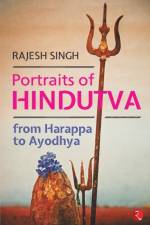von Rajesh Singh
34,00 €
La mangue (Mangifera indica L.) est la culture fruitière la plus importante et la plus cultivée commercialement, elle appartient à la famille des Anacardiaceae. Elle est originaire d'Asie du Sud, principalement de la région de l'Indo-Birmanie, et est progressivement devenue une culture d'importance commerciale dans plusieurs pays comme l'Inde, le Bangladesh, les États-Unis (Floride), l'Indonésie, les Philippines, la Malaisie, le Myanmar, le Sri Lanka, le Thialand, le Pakistan, l'Afrique du Sud, les Caraïbes, le Mexique et le Brésil. Les Portugais ont apporté la mangue en Afrique du Sud et au Brésil vers 1700. Les cultivars cultivés en Inde sont Amrapali, Mallika, Langra, Deshehari, Chausa, Totapuri, Alphonso, Sunderja, Bombey green, etc. Ce fruit occupe une place importante dans la richesse horticole de notre nation et occupe la deuxième place en ce qui concerne la superficie et la production (NHB. 2016- 2017). La production totale de mangue de l'Inde est de 19687 MT avec une superficie de 2263 mille ha. année en (NHB 2016-17), tandis que, dans le Madhya Pradesh, il est cultivé dans 40,08 mille ha. superficie avec une production annuelle de 493,36 mille MT (NHB 2016-17). Le fruit est riche en fibres alimentaires pré-biotiques, en vitamines, en minéraux et en composés polyphénoliques flavonoïdes antioxydants.






